In my last post I looked at a poster for a Russian toy museum which celebrated traditional Russian folk toys. The V&A Museum of Childhood has a number of traditional toys from all over the world, including Russia. Now the Museum of Childhood has closed for redisplay I thought I could virtually exhibit some of the collection that we can’t get our paws on at the moment.
The figures of a man and a bear, both holding axes, form this simple but ingenious traditional wooden toy. If you move the levers on which they are fixed they take it in turns to chop the wooden block between them. The bear is a common figure in Russian folk culture and has been used as a symbol of Russia itself for many centuries. The bear here could be a humorous character from a story as he engages in the human activity of chopping wood, maybe helping the man or trying to out-do him.
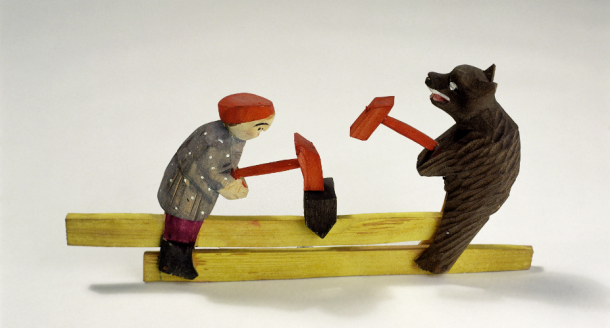
These two toy bears were made by a Leningrad toy manufacturer in the 1950s are also wooden, mechanical bears but, covered with plush, these look like they have real fur.
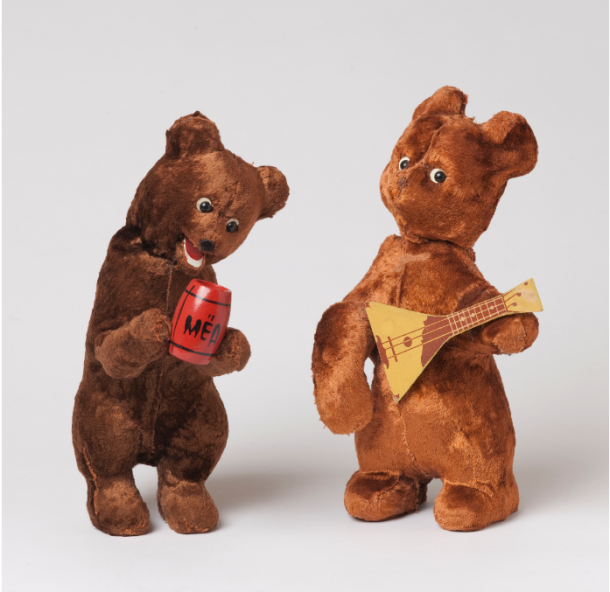
Under the fluff, these toy bears are made of wood and something called ‘technical starch’, a glue or fabric stiffener. They both have a mechanical structure under their fur so they move and interact with the objects they are holding. Their materials and mechanism mean that the bears are full of character.
One of our bears partakes in the very Russian tradition of playing the balalaika, a musical instrument used in a lot of traditional folk music. His right paw moves to strum the instrument and his feet move in a dance.
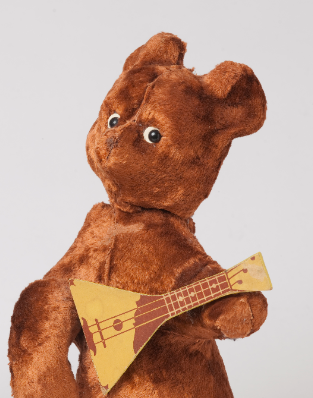
The other bear holds a pot with ‘med’, the Russian word for honey, written on it. He lifts it to his mouth. My Russian teacher is very knowledgeable about words, and often explains the origin of them to help us understand and remember them. Recently she explained that the word for bear – ‘medved’ – is made up of med – honey – and ved – possibly an old word meaning to seek, or a word related to eating – so a bear is a ‘honey-seeker’ or ‘honey-eater’, named for its love of this sticky treat.
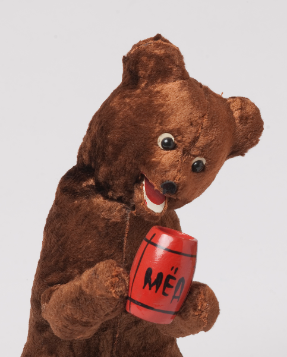
Bears who like honey must bring to mind Winnie the Pooh. Russia has their own version of A.A. Milne’s famous creation: винни пух (Vinni Pukh). Vinni Pukh looks different from the E.H. Shepard illustrations we in England know, but he has the same adventures and is just as popular. He was featured in the V&A’s successful Winnie the Pooh exhibition that is currently at the Royal Ontario Museum in Toronto. The V&A’s Shepard drawings will return home in early 2021 and will be available to view in our Prints and Drawings Room.
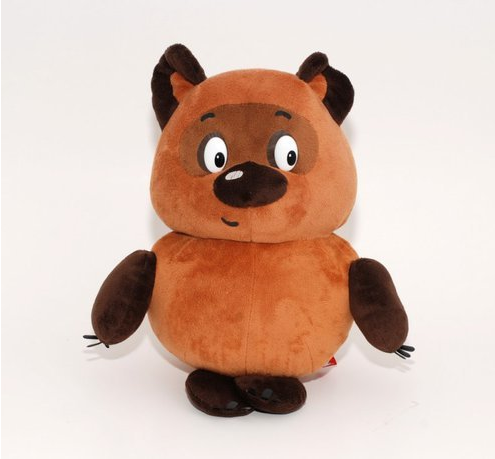
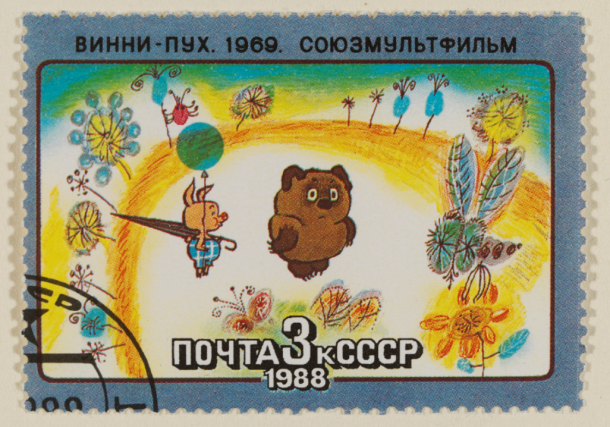
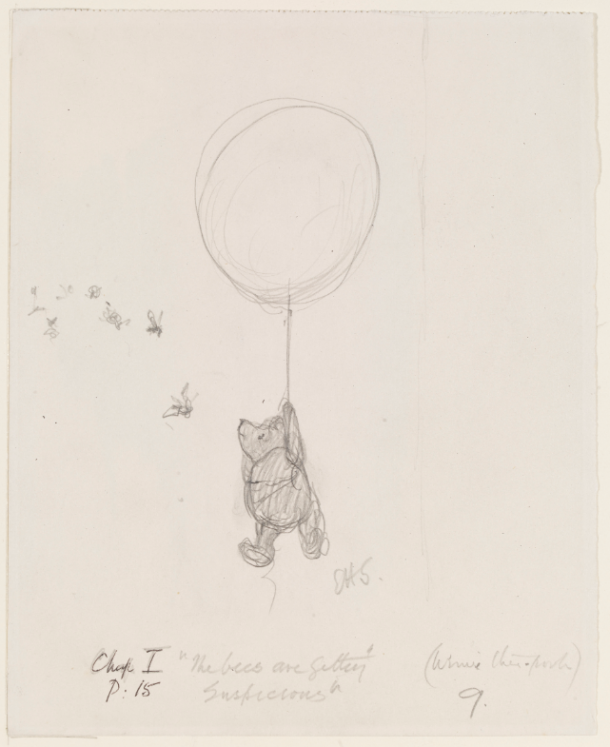
A bear was chosen as the mascot for the 1980 Moscow Olympic Games – the adorable bear cub Misha, designed by Victor Chizikov who was also one of Vinni Pukh’s illustrators. Misha showed a softer side to the sometimes feared and untrusted USSR in the Cold War. The USA did not succumb to Misha’s charms, however, and boycotted the games over the Soviet-Afghan war that began in 1979. There was much merchandise created around the figure of Misha, including this soft toy in the Museum of Childhood’s collection.

Please bear with us while we work on making the Museum of Childhood a renewed and reimagined place to visit.


